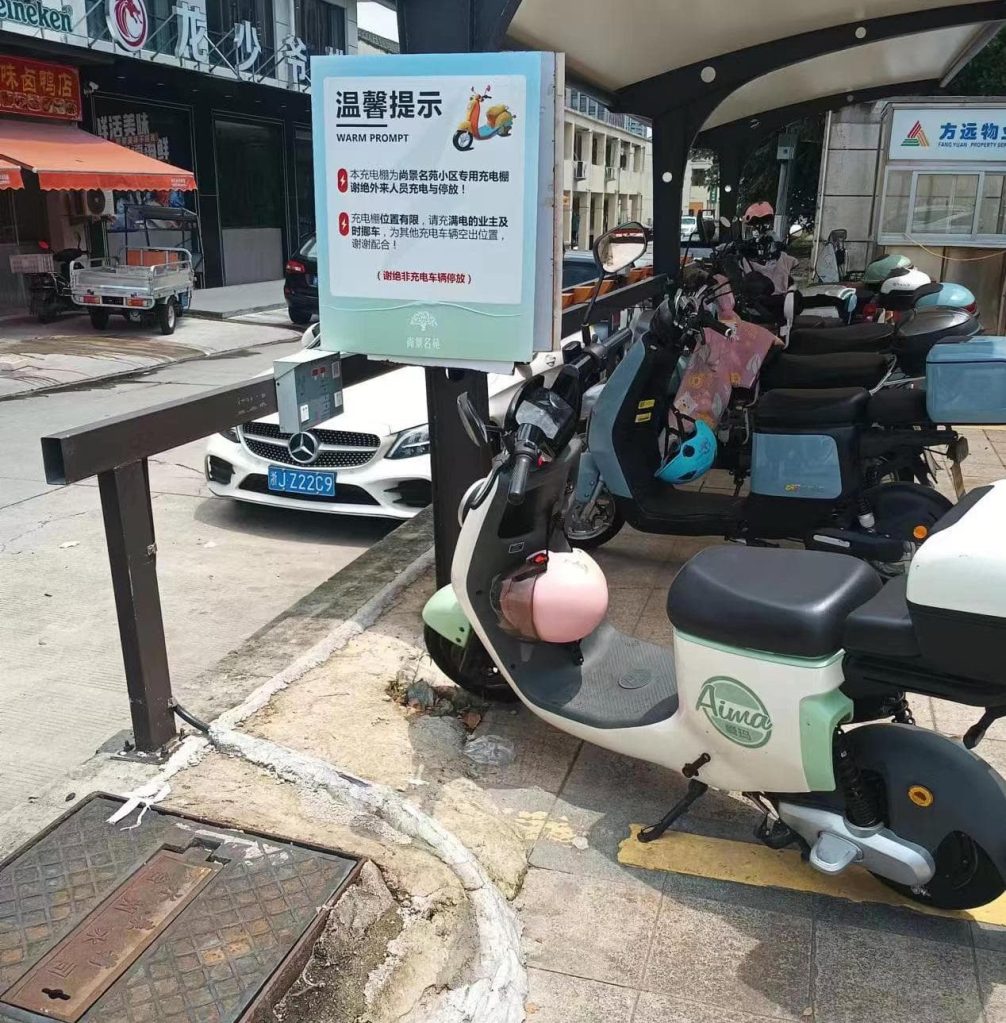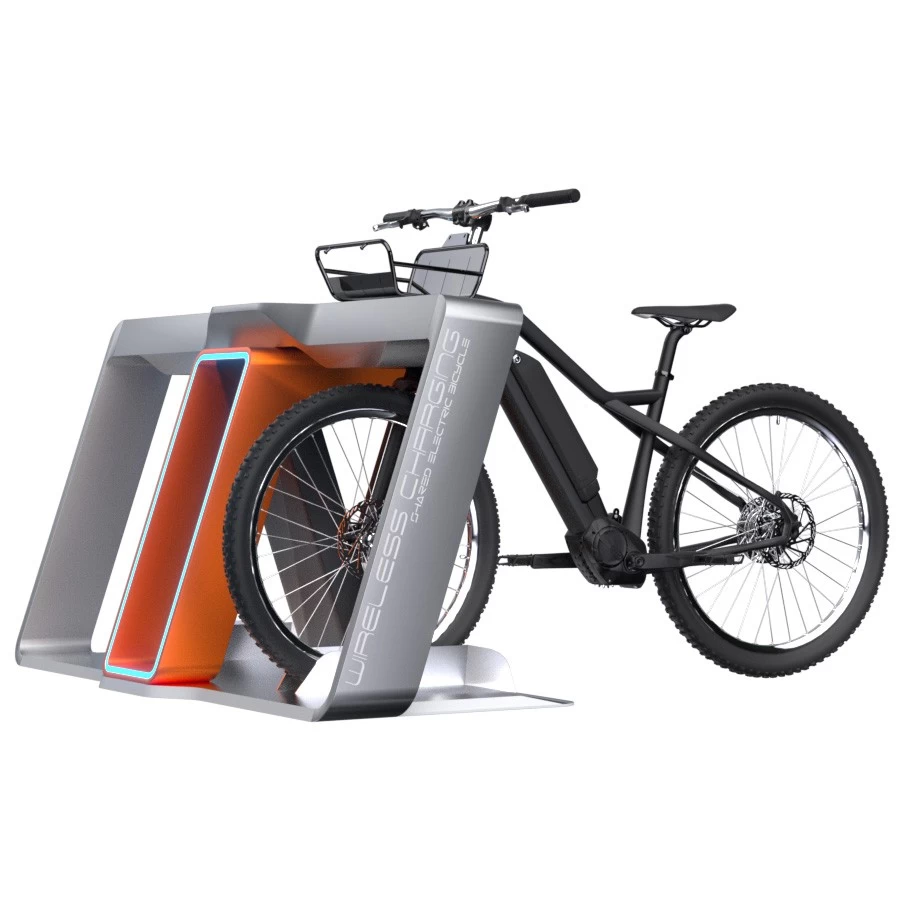Here at jusha.travel, we love sharing tips to make your China journey unforgettable! Today, we’re diving into a fascinating aspect of modern Chinese urban life that’s revolutionizing the way people move: Smart Bike Charging Stations. If you’re planning a trip to China, understanding these ingenious systems can truly enhance your experience, especially if you’re keen on exploring cities like a local. Forget just walking or taking taxis; embraced by millions, China e-bike charging infrastructure is a testament to the nation’s rapid technological advancement and its commitment to sustainable urban mobility China. From navigating bustling city streets on a shared electric bike to understanding the ubiquitous QR code travel systems, this post will shed light on how these charging stations work and what they mean for visitors.
The Rise of E-Bikes and Their Power Hubs

Walk through any major Chinese city, and you’ll quickly notice the sheer number of electric bikes zipping silently past. E-bikes aren’t just for delivery drivers anymore; they’re an integral part of daily commutes for millions, offering an efficient and eco-friendly way to navigate congested streets. But what powers this immense fleet? The answer lies in China’s remarkably extensive network of smart bike charging stations. These aren’t just random power outlets; they are sophisticated hubs designed for mass accessibility and ease of use. In densely populated cities like Chengdu and Zhejiang, where tens of thousands of e-bikes and scooters rely on them daily, these stations are commonplace, highlighting China’s commitment to sustainable, accessible transportation and demonstrating the country’s rapid adaptation to the needs of its growing e-bike user base. For more insights into this phenomenon, check out China’s Electric Bike Charging Cultures. This widespread adoption has significantly reduced traffic congestion and improved air quality, making e-bikes a cornerstone of modern urban living.
Decoding the Smart Charging Experience

So, you’ve decided to hop on a shared e-bike – perhaps a popular Hello Bike – and now your battery is running low. How do these smart charging stations work? They’re surprisingly user-friendly, even for non-Chinese speakers. Most stations are essentially rows of wall outlets, allowing users to plug in their own chargers, which are often conveniently stored on their bikes. The most common technical features of these stations include multiple charging slots, ranging anywhere from 4 to 12, offering quick charging options – often a full charge in 3 to 6 hours, with some even providing a quick top-up in just 30 minutes! Power output varies from 150W to 1.2kW to accommodate different e-bike models. Importantly, many also integrate safety features like fire suppression systems, an essential consideration given the lithium batteries involved. Enhanced models even offer user interfaces for monitoring charging status and mobile app integration to locate free slots and process payments. For a deeper dive into the specifics, Smart Electric Bicycle Charging Station provides more technical details.
Seamless Payments and Access: The QR Code Advantage

One of the true marvels of China’s digital landscape is its pervasive cashless payment system, and smart bike charging stations are no exception. The ease of payment is central to their success. Most stations utilize mobile apps, QR code scanning, or NFC payments, allowing users to pay by charging time or electricity consumed. For travelers, this means leveraging familiar China travel apps like WeChat Pay or Alipay, which are integrated into almost every aspect of daily life. This seamless integration of digital technology makes the process efficient and contributes significantly to the popularity of electric bikes. You simply scan a QR code travel prompt, select your charging duration or amount, and you’re good to go! It’s a prime example of how everyday technology in China makes life incredibly convenient, even for short-term visitors. To understand more about the payment systems, you can check out this Essential Guide to Charging Bikes in China.
Impact on Urban Mobility and Lessons for the World

The proliferation of these Smart Bike Charging Stations has truly transformed urban mobility China. By making e-bikes a practical and reliable mode of transport, they’ve helped reduce traffic congestion, improve air quality, and provide affordable transportation for millions. The convenience of charging at home, work, or public locations means users aren’t plagued by “range anxiety,” making e-bikes incredibly practical for daily commutes. China’s approach offers valuable lessons for other countries grappling with urban transportation challenges. The key takeaways include building simple, scalable infrastructure rather than overly complex systems, leveraging existing digital payment platforms for a frictionless user experience, and designing for safety and ease of maintenance to encourage widespread adoption. As electric bike usage grows worldwide, other cities can certainly look to China’s model—placing accessible, safe, and easy-to-use charging stations in strategic urban locations—to facilitate their own micromobility revolutions. For an interesting read on what other countries can learn, see What China’s electric bike charging stations can teach us all.
In conclusion, Smart Bike Charging Stations are far more than just power outlets; they are a vital component of China’s innovative approach to urban mobility China, embodying the country’s technological prowess and commitment to sustainable living. For travelers and anyone interested in modern China, understanding these systems provides a fascinating glimpse into daily life and how technology seamlessly integrates to create a more efficient and eco-friendly urban environment. Whether you’re planning to rent a Hello Bike or simply observing the dynamic cityscapes, you’ll undoubtedly appreciate the ingenuity behind China’s extensive e-bike charging network.
What are your thoughts on China’s smart bike charging stations? Have you used them during your travels? Share your experiences in the comments below! And for more fascinating insights into China’s culture, technology, and travel tips, be sure to visit jusha.travel for more content and explore our related articles on navigating modern China.

